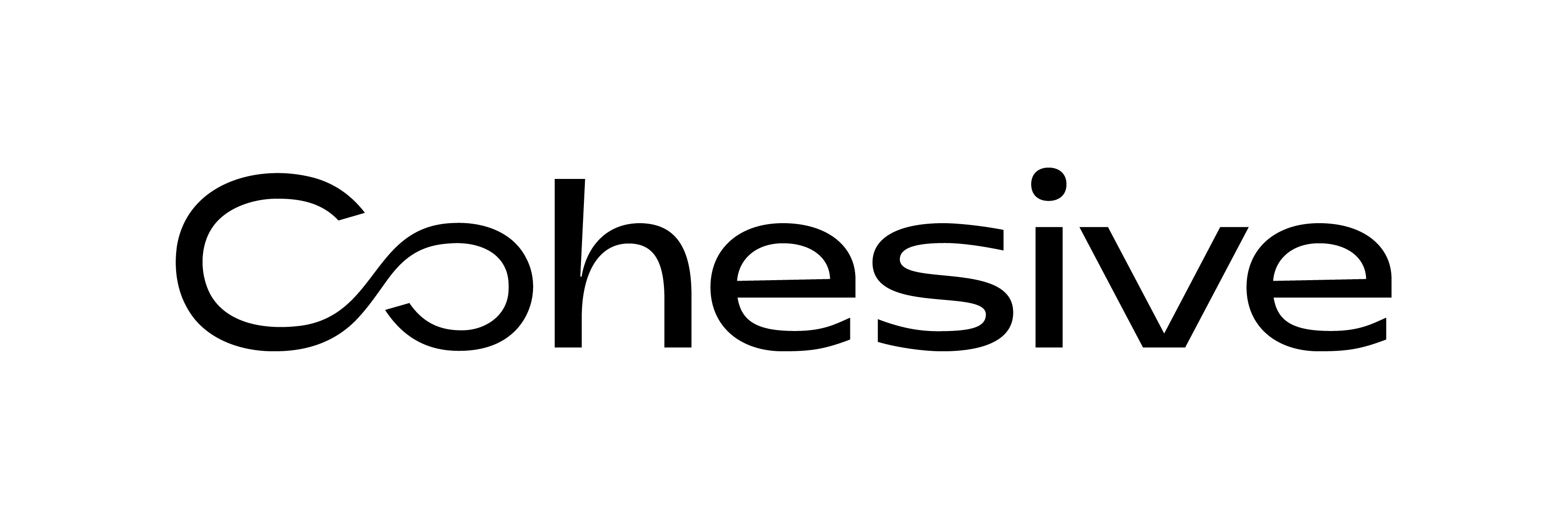A new playbook from the Chartered Institute of Building aims to tackle the fears and fictions about AI adoption in the infrastructure sector by providing the facts.
In the 1970s a technological development wrought fear amongst parents and educators. The calculator had arrived.
How would students grasp basic numeracy concepts if a tool did the hard work for them? Should its use be allowed in tests? What would its impact be?
Ultimately, it transpired that a grasp of core mathematical processes was still key to maths success. But the calculator could do correct calculations at speed, supporting efficient, productive working.
Today, AI is the technology generating, in some quarters at least, fear and panic. The Economist noted last year that global Google searches for “is my job safe?” had doubled in the previous months amid fears of large language models rendering human skills and experience redundant.
Now, for infrastructure professionals, a new guide aims to replace AI fears and fiction with facts. The AI Playbook, produced by the UK’s Chartered Institute of Building (CIOB), provides details of the benefits that AI brings specifically to the infrastructure and construction sectors as well as practical steps individual organisations in the sector can take to generate meaningful benefits from the technology.
Dave Philp, Cohesive’s Chief Value Officer, is also chair of the CIOB’s Digital and Innovation Advisory Panel. In that role, he led the development of the playbook.
“The reality is (that) the construction industry is in the age of AI whether we recognise it or not,” explains Dave. “Understanding AI in the context of our sector is vitally important to help determine and shape how it might usher in new opportunities.”








